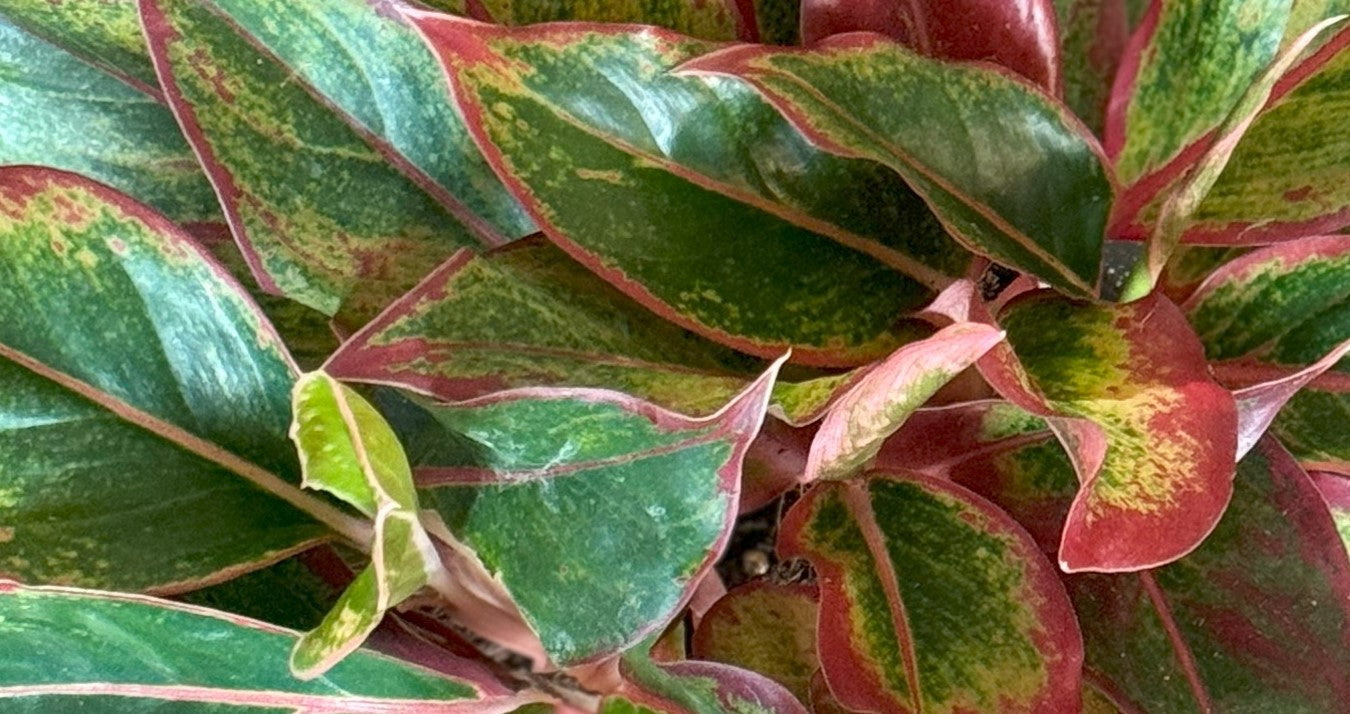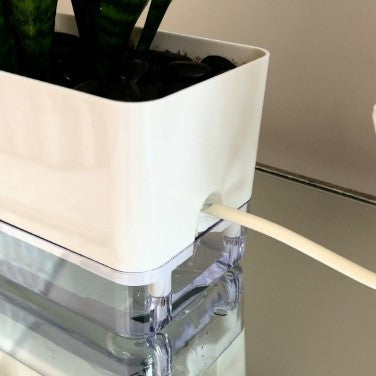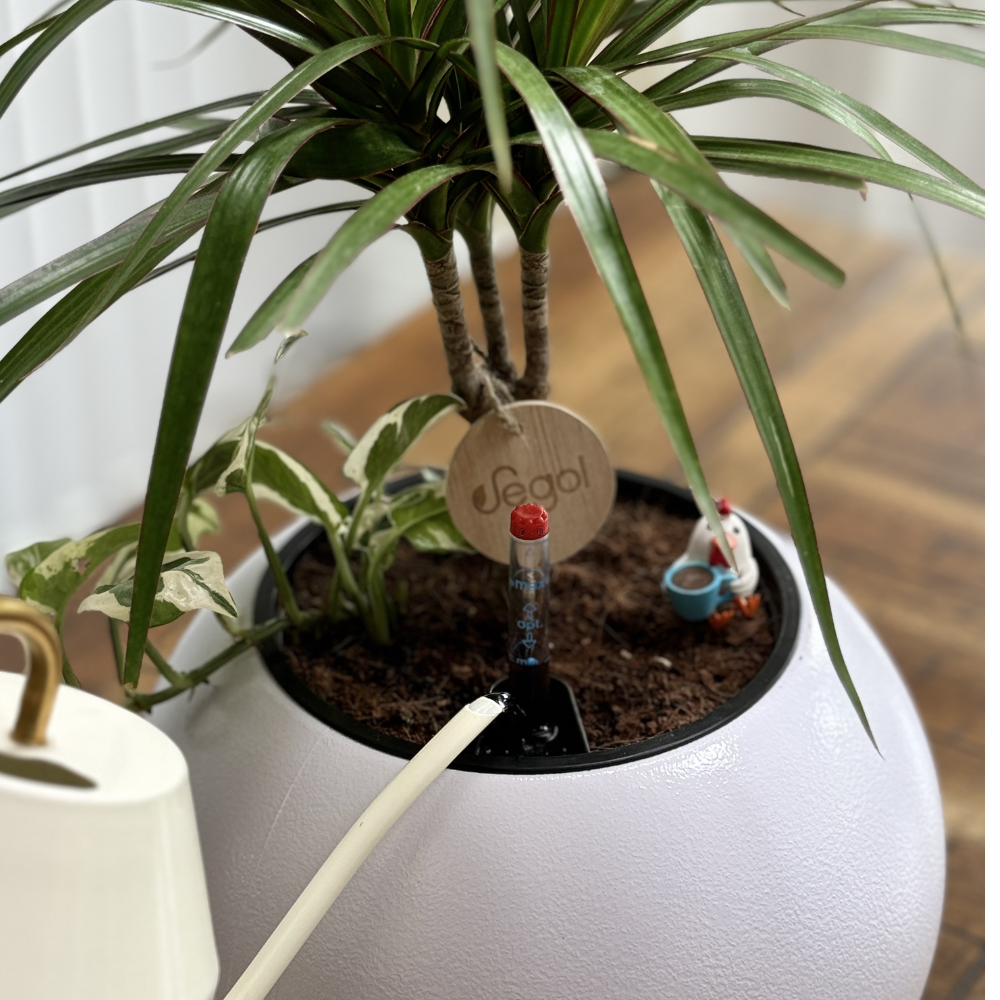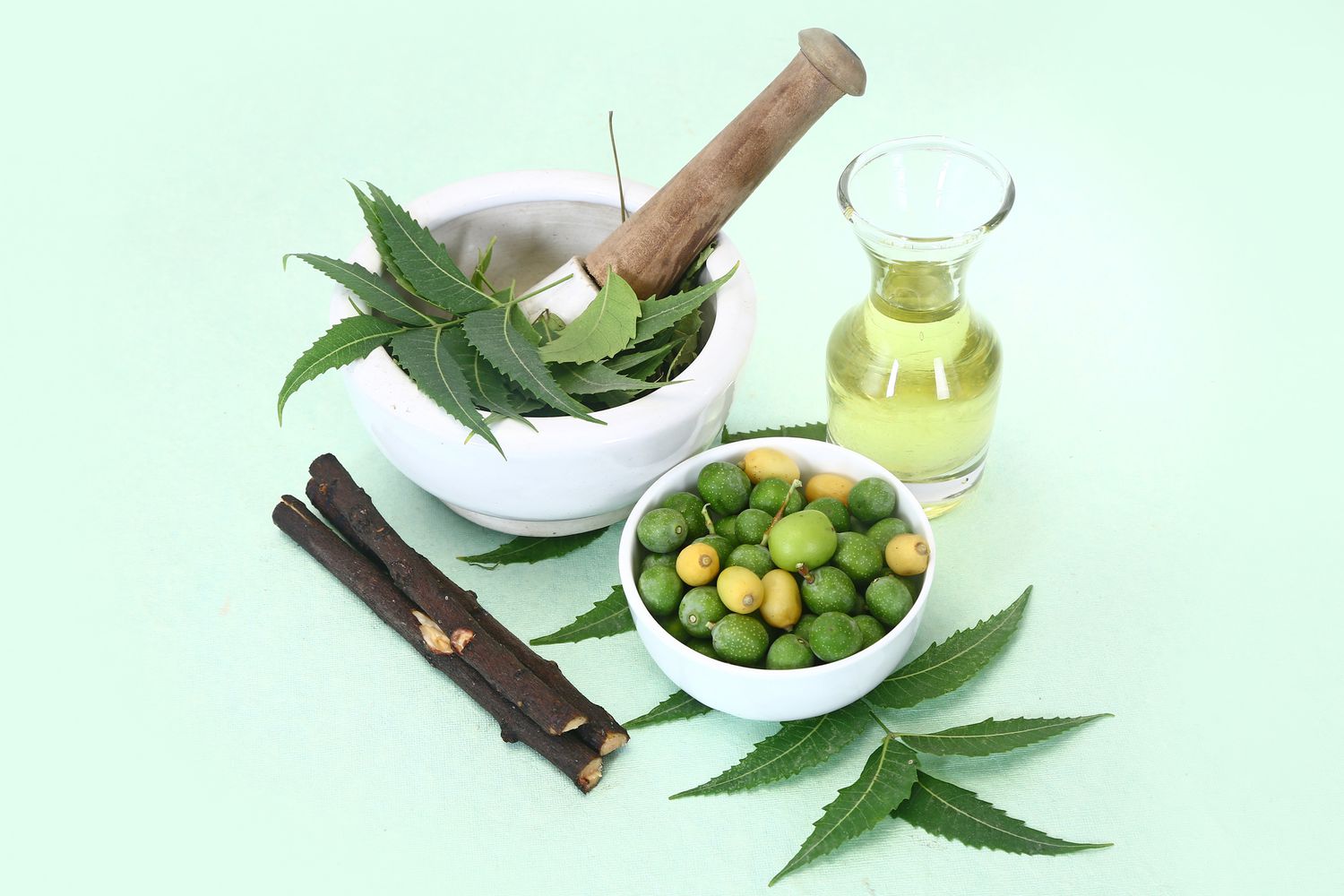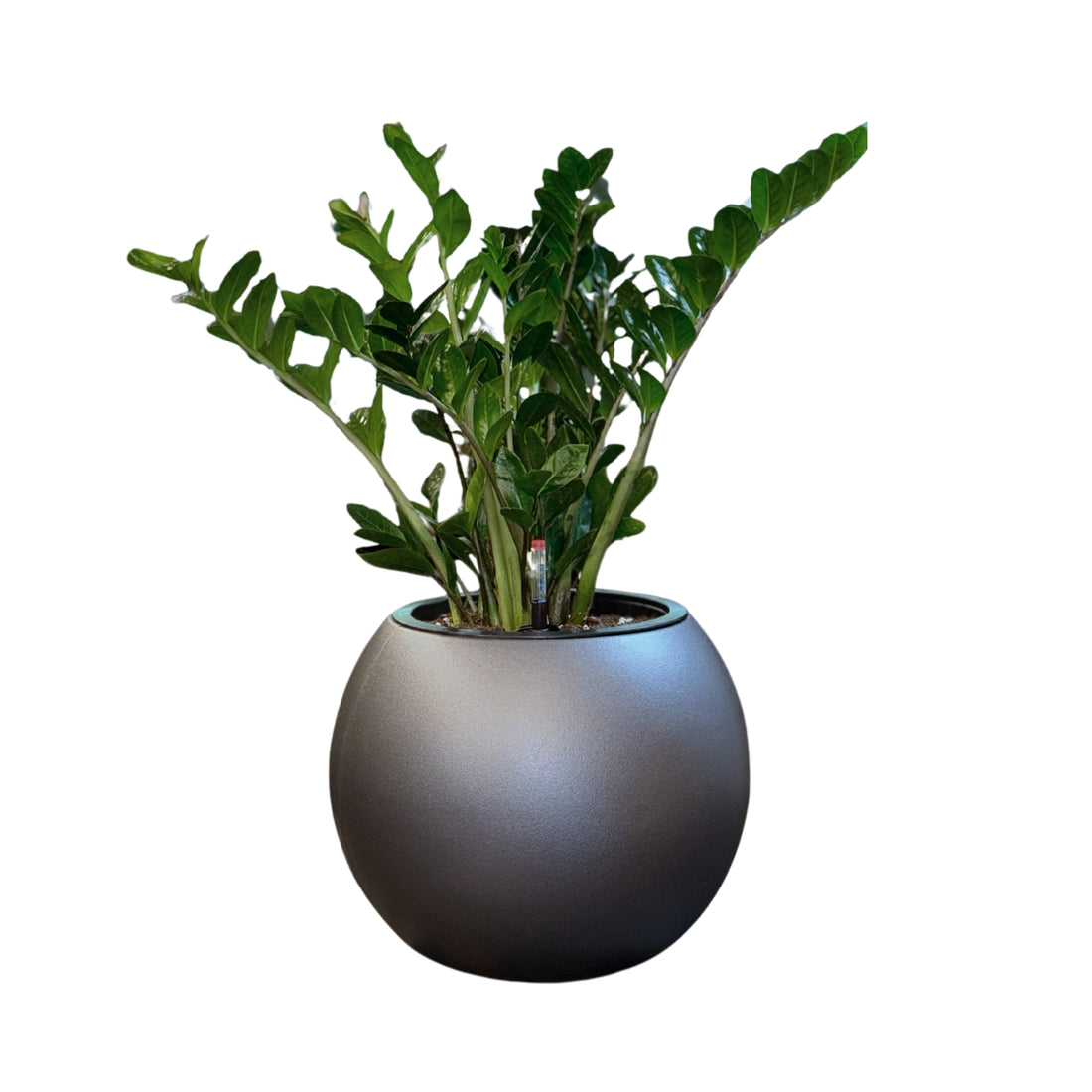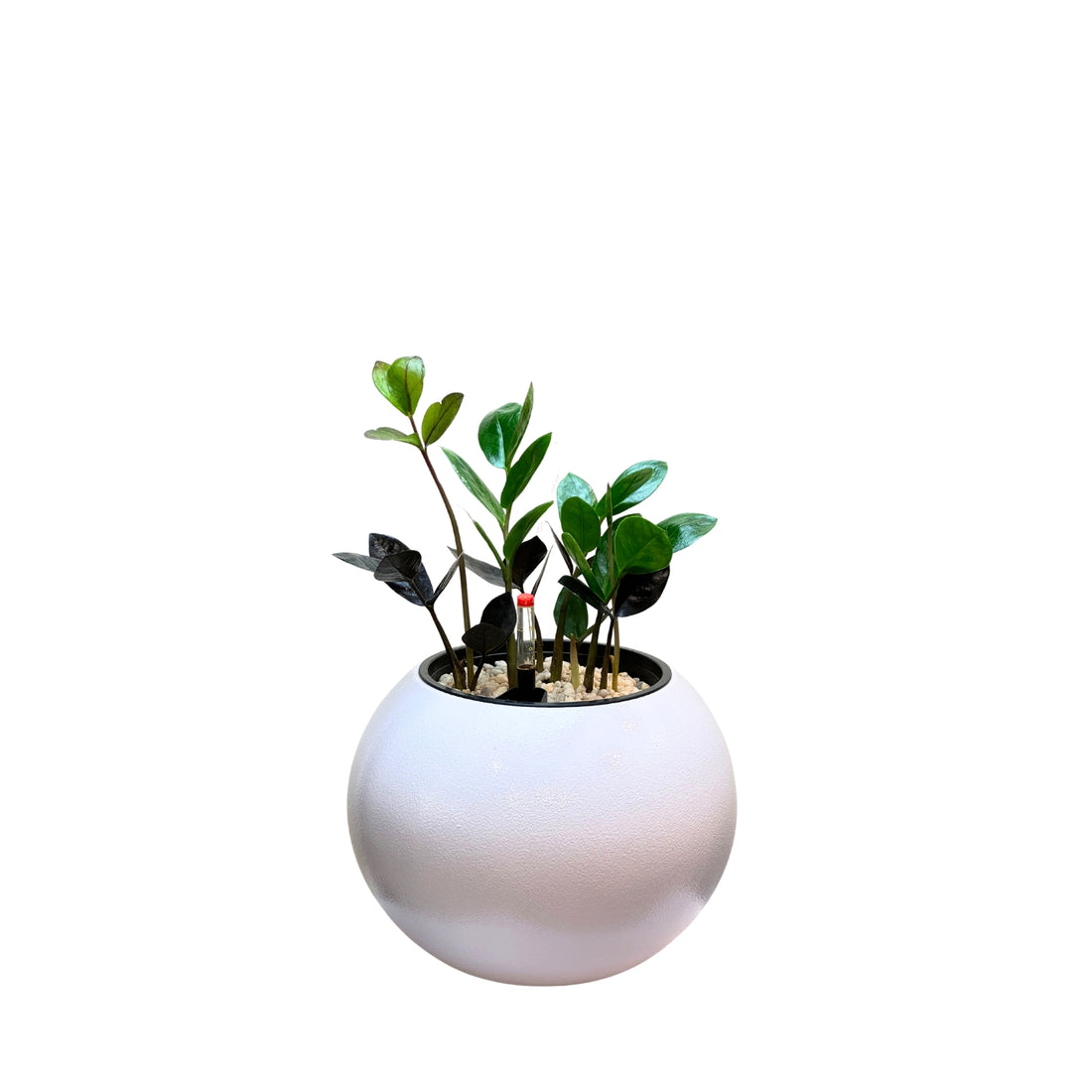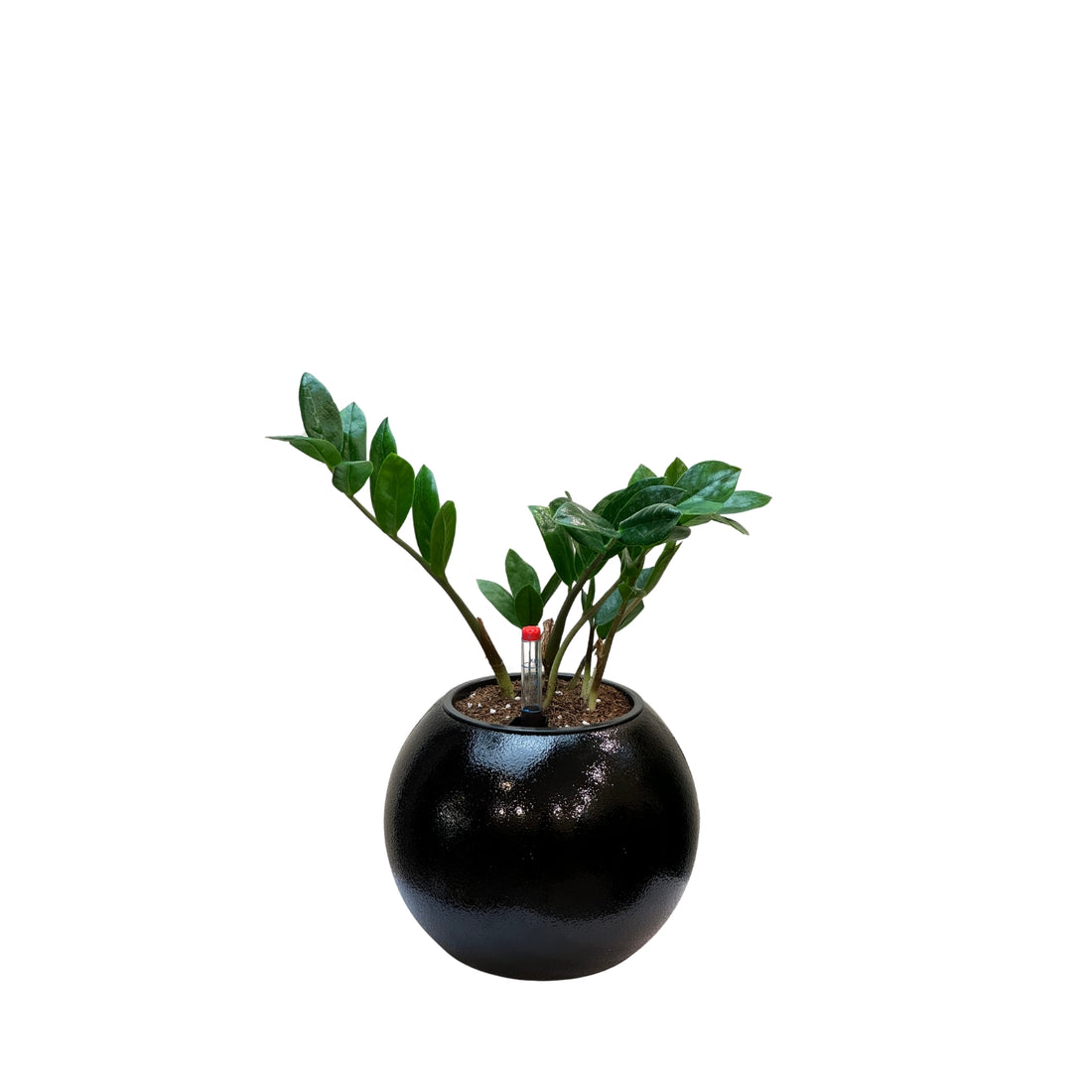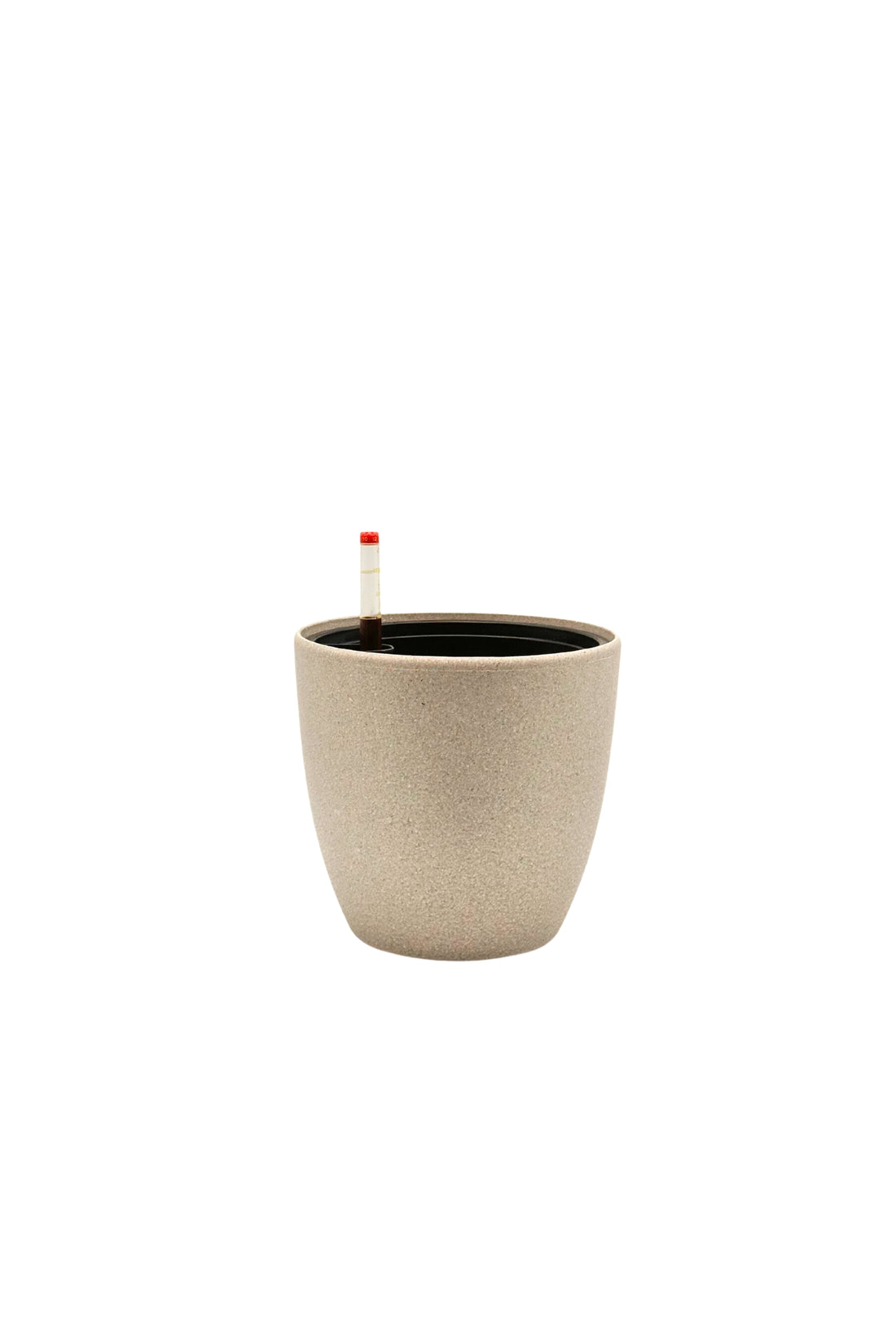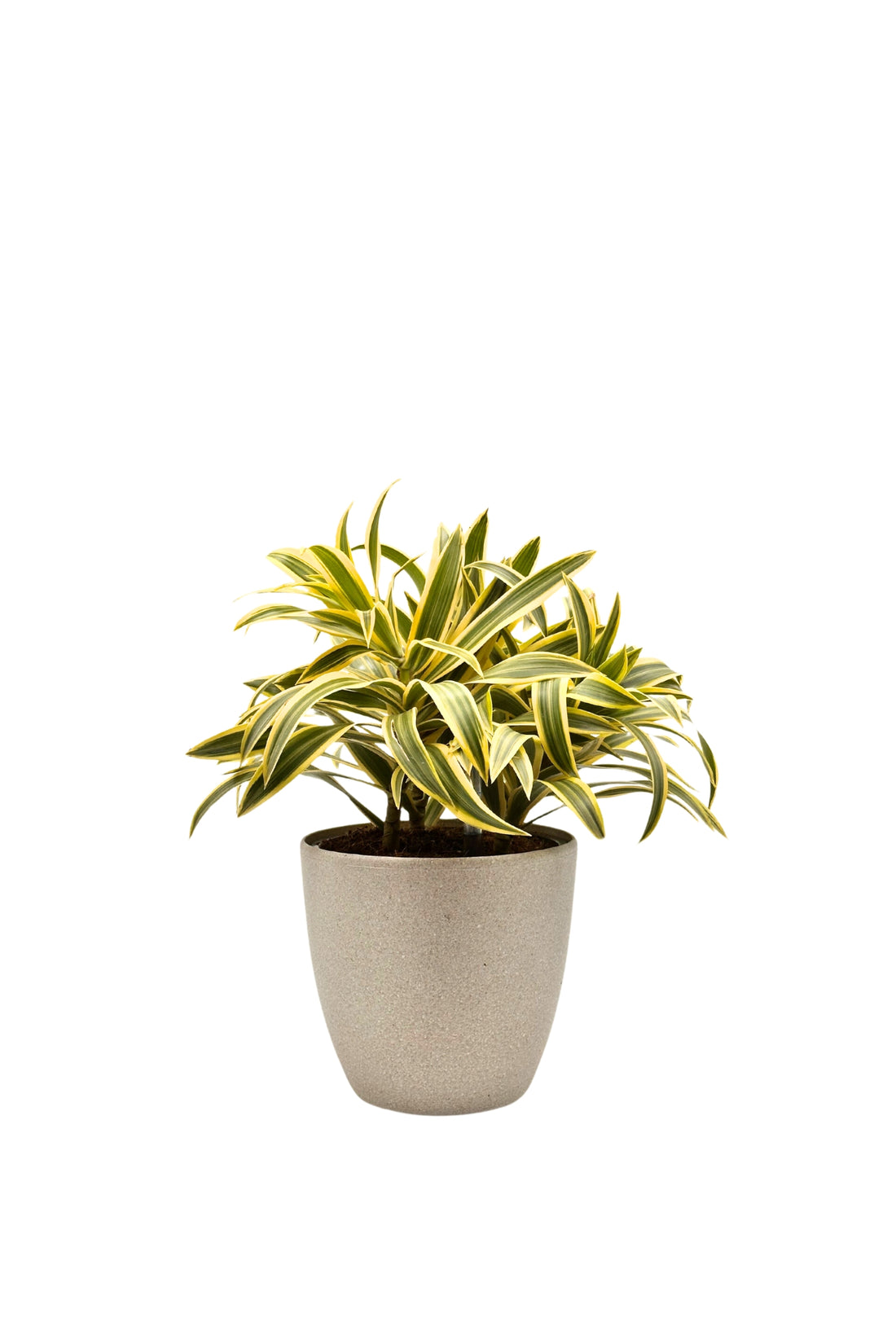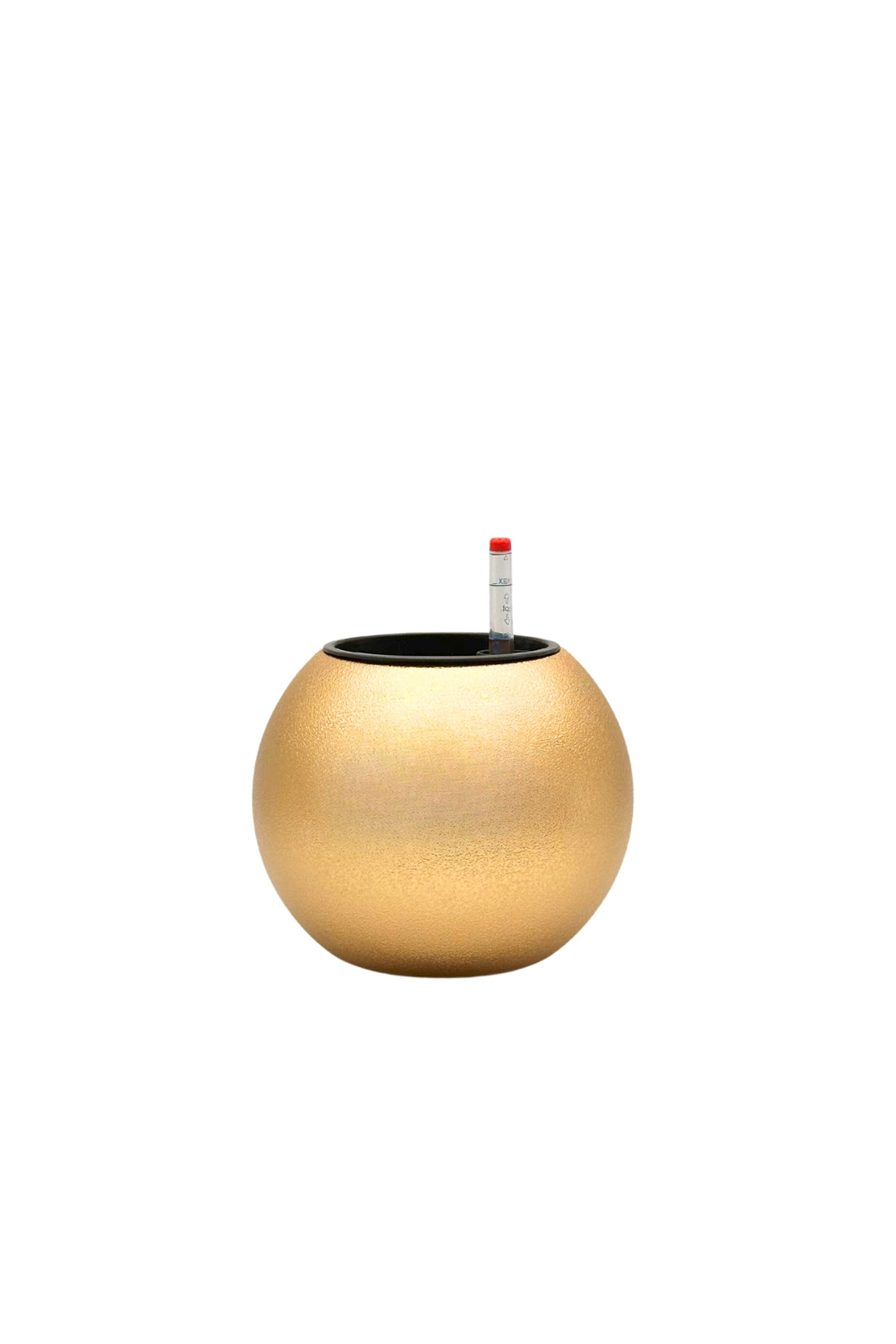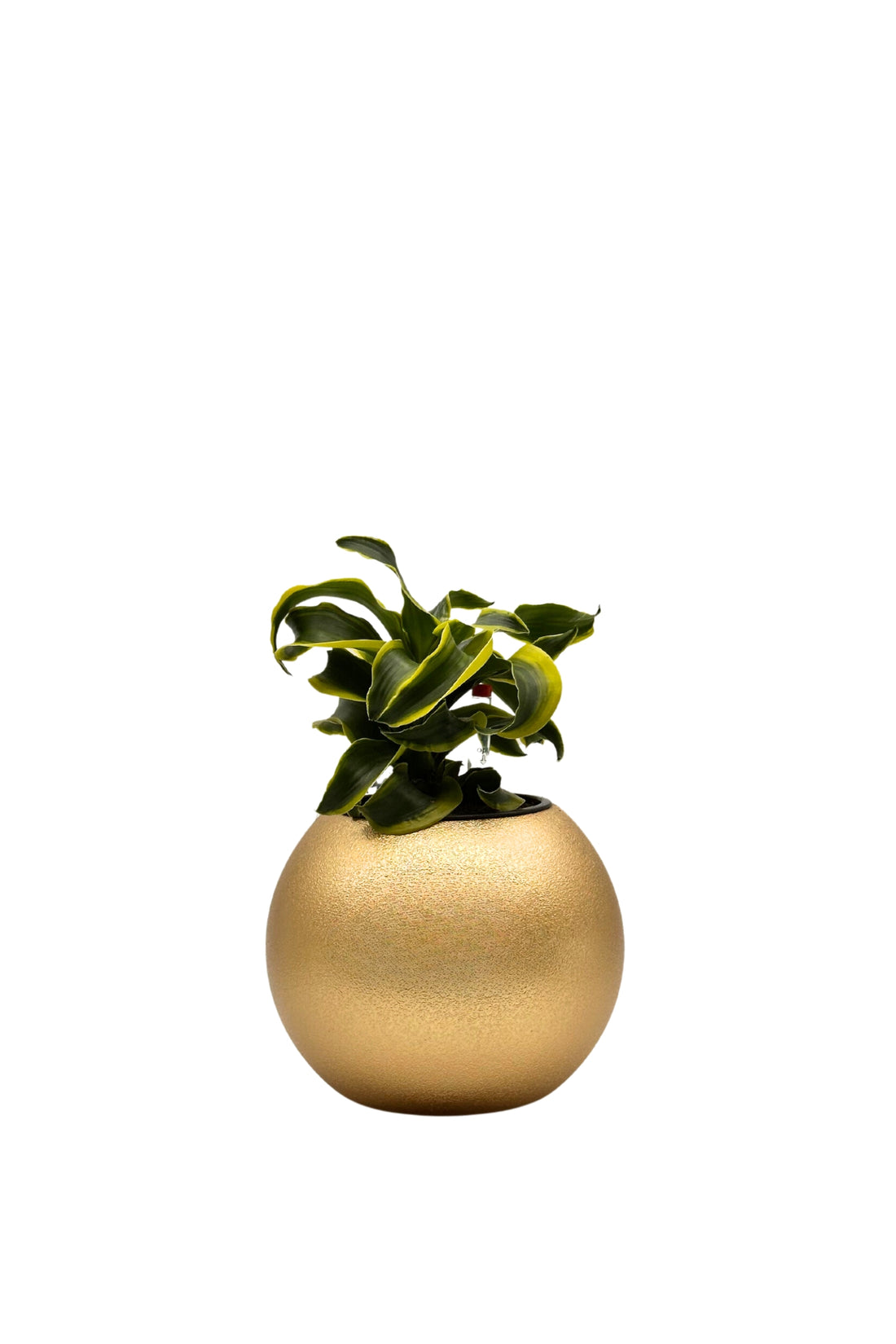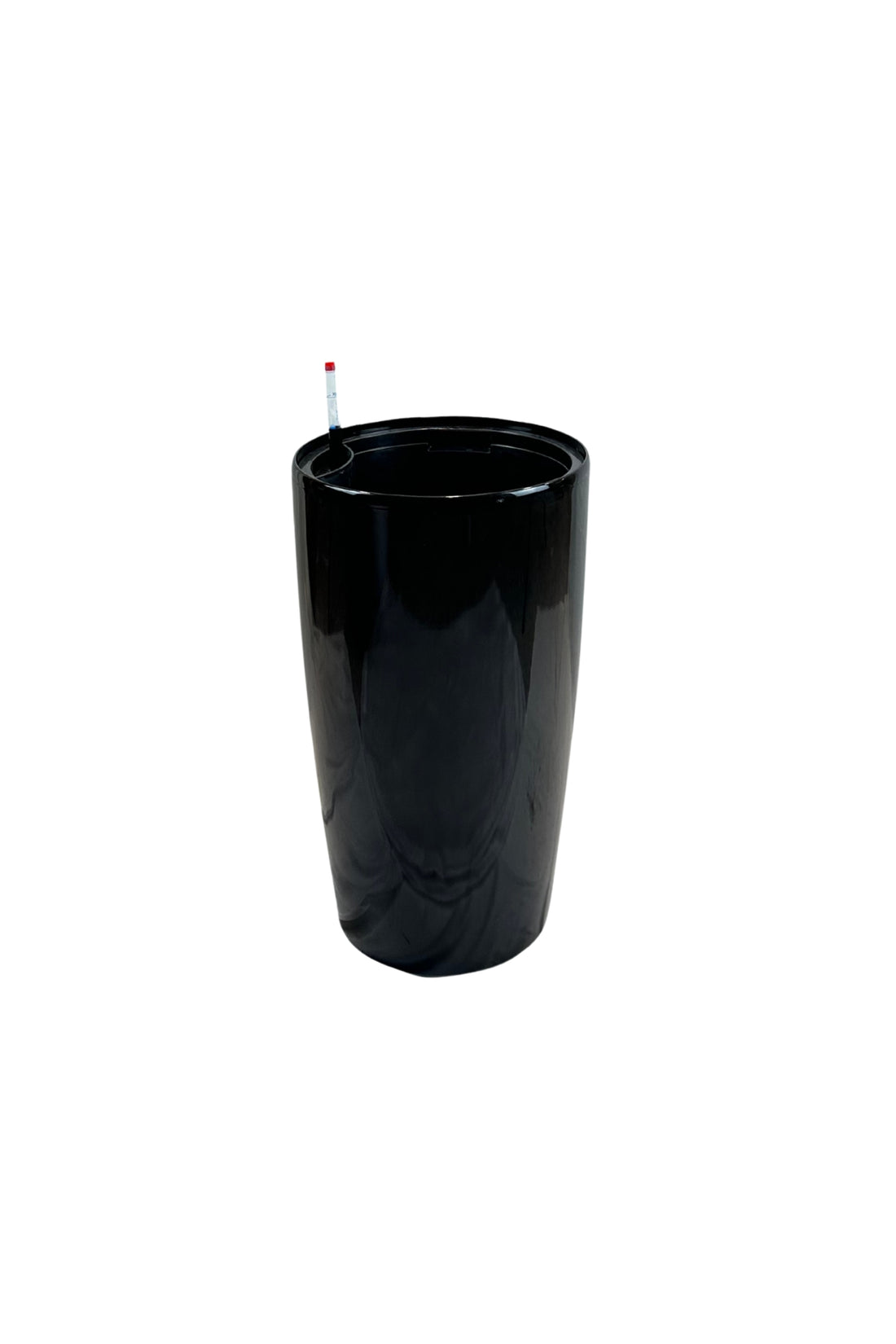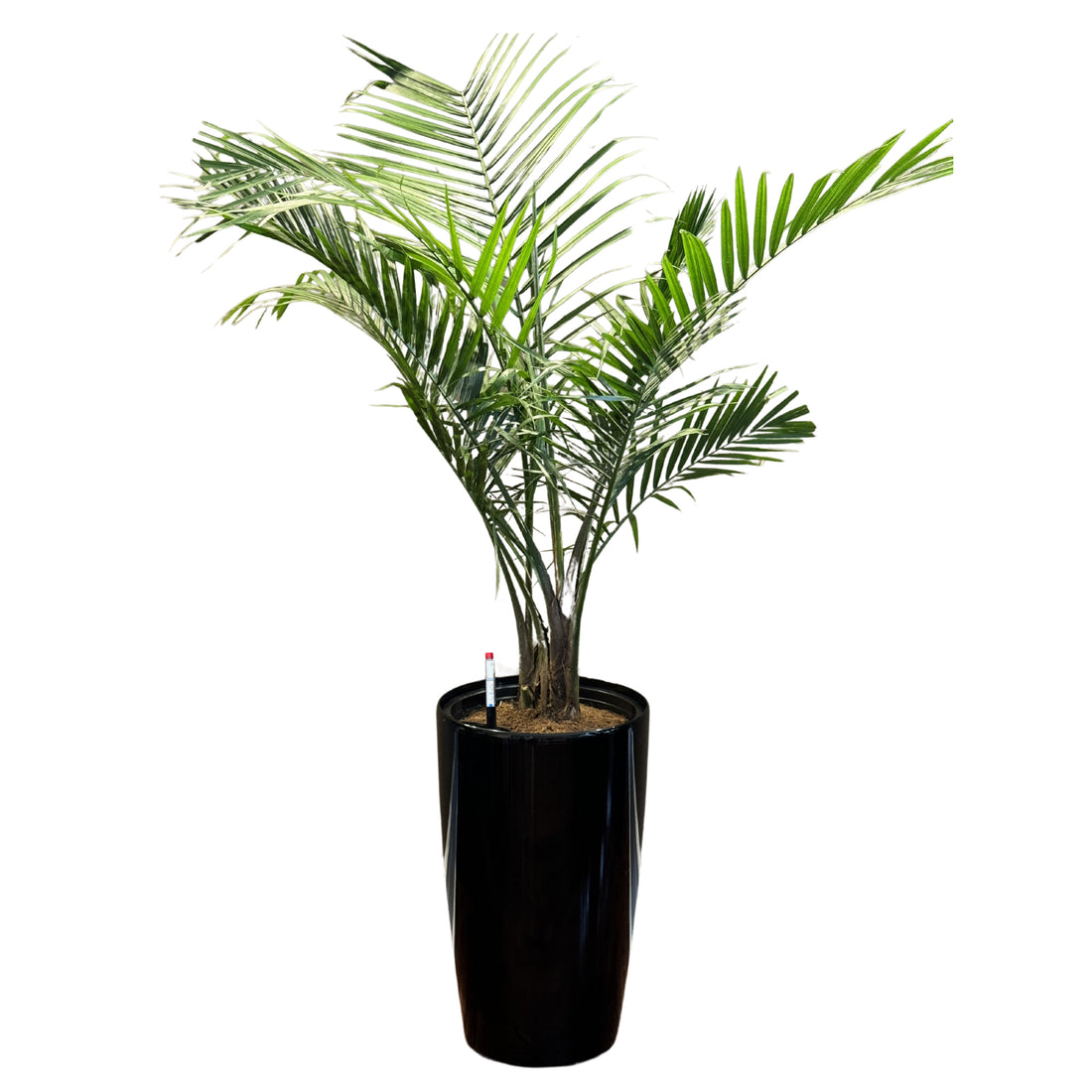Aglaonema Maintenance Guide
Aglaonema, also known as Chinese Evergreen, is a popular indoor plant prized for its attractive foliage and ease of care. Here’s a comprehensive guide to maintaining a healthy Aglaonema:
Light
Optimal Conditions: Prefers bright, indirect light.
Tolerance: Can adapt to low light conditions, making it suitable for dimly lit rooms.
Avoid: Direct sunlight, which can scorch the leaves.
Watering
Frequency: Water when the top 1-2 inches of soil are dry.
Amount: Water thoroughly until water drains out of the bottom. Empty the saucer to prevent root rot.
Adjustment: Reduce watering in the winter months when the plant’s growth slows.
Humidity
Preferred Level: Thrives in moderate to high humidity.
Adjustment: If the air is dry, increase humidity by misting the leaves, placing the plant on a pebble tray with water, or using a humidifier.
Temperature
Ideal Range: 65-80°F (18-27°C).
Sensitivity: Avoid temperatures below 60°F (15°C) and protect from cold drafts and sudden temperature changes.
Soil
Type: Well-draining potting mix.
Enhancement: A mix of peat, perlite, and sand or orchid bark works well to ensure proper drainage.
Fertilization
Frequency: Feed every 2-4 weeks during the growing season (spring and summer) with a balanced liquid fertilizer diluted to half strength.
Note: Reduce or skip fertilization in fall and winter.
Pruning
Purpose: Remove yellow or dead leaves to maintain a tidy appearance and encourage new growth.
Timing: Pruning can be done at any time of the year.
Pests
Common Issues: Watch for pests like spider mites, mealybugs, and scale.
Control: Treat infestations with insecticidal soap or neem oil, and regularly inspect the plant to catch issues early.
Repotting
Frequency: Every 2-3 years or when the plant becomes root-bound.
Process: Choose a pot one size larger and use fresh potting mix to ensure continued growth.
Special Care
Cleaning: Wipe the leaves with a damp cloth to remove dust and improve photosynthesis.
Propagation: Aglaonema can be propagated through stem cuttings or division during repotting.
By following these care tips, your Aglaonema will thrive, adding vibrant color and beauty to your indoor space.
